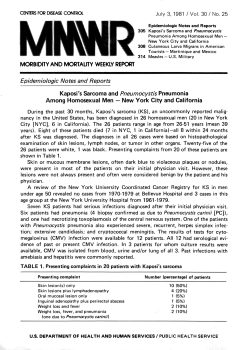In 1980 a sudden debate erupted among gay activists about a dangerous new threat – the clone.
Not the mindless war machines from a galaxy far, far away and long, long ago. Not even the cheap knock-off of the PC.
No, this clone was human, gay and male. And what set him apart from the rest of the gay world was his Look: short hair and moustaches, jeans and flannel shirts and work boots … The very body language he displayed, even in the discos (which were full of them), allegedly having fun: ‘Little smiling, little moving, lots of muscles, no free-form dancing, thumbs in the loops of belts, beer in hand … An aping of all the best traditions of the ocker male’. (And this from one of the Friends of the Clones!).
For some gay activists, deeply influenced by 1970s’ feminism, this new masculinity as it was dubbed was a problem. Masculinity was not a style option, but rather reflected an unthinking misogyny or, at best, an attempt to ride out the gathering rightwing backlash by concealing one’s homosexuality behind approved models of real male behaviour.
On the other side of the debate, supporters of the look declared that the macho clone, far from concealing his sexuality was, by the adoption of the uniform, proclaiming it, reflecting ‘a growing gay consciousness and a positive assertion of sexual identity’. The clone was the new (male) homosexual and the bearer of the new gay political consciousness.



